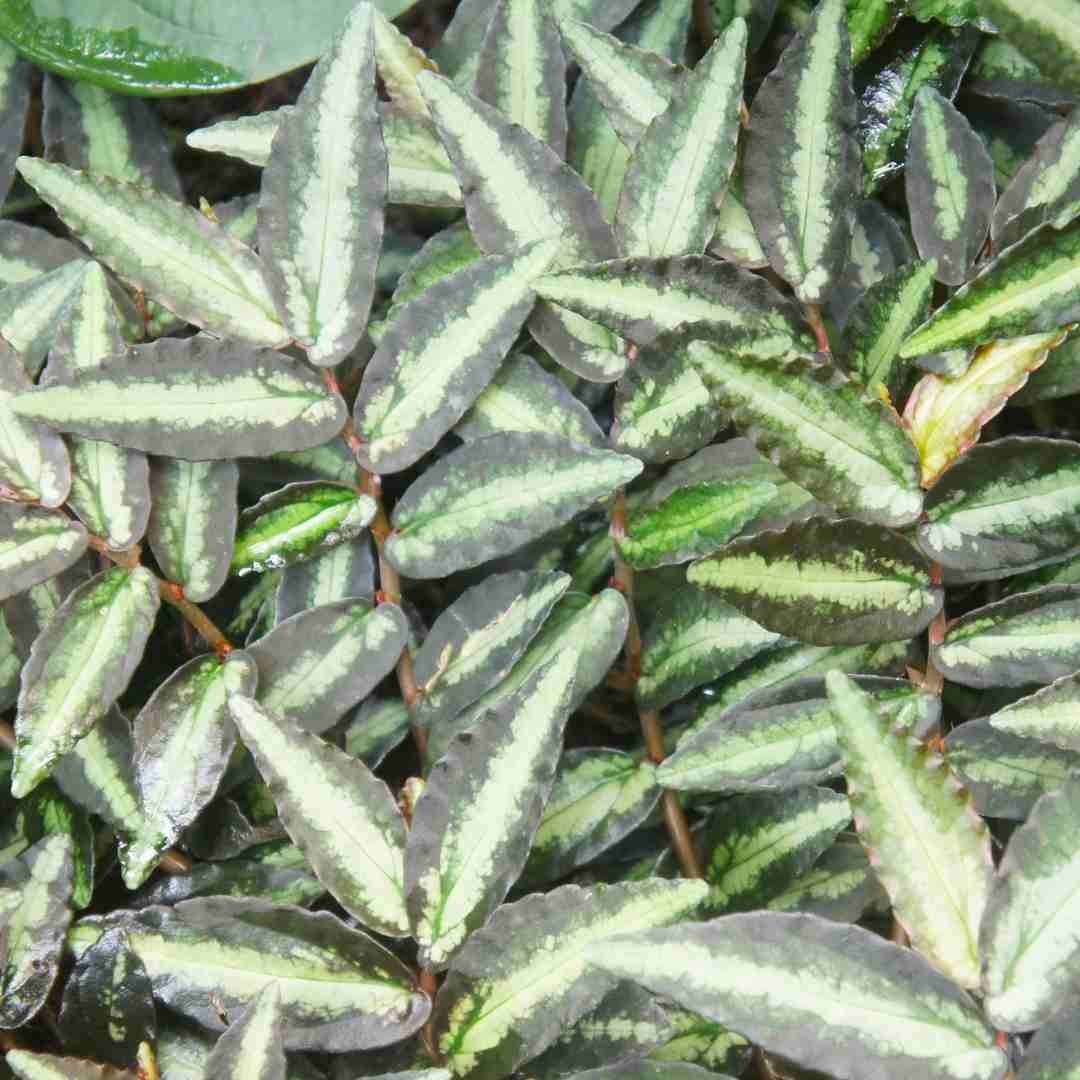Three underrated houseplants: Abutilon, Aschynanthus and Pellionia
This week I am championing a trio of underrated houseplants (which I last did back in January 2023, where I set out the case for coleus, parlour palms and florist sinningia).
Aeschynanthus aka lipstick plant: it took me YEARS to find out how to pronounce this plant's name, but once you know, you know. (It's ess-kin-AN-thus, by the way). I've never met an Aeschynanthus I didn't like - this member of the Gesneriad clan is easier than many Hoyas that are less beautiful (don't come for me, Hoya heads). My particular faves are A. 'Black Pagoda' for its incredible black swirly leaf variegation and fiery flowers, and A. 'Bolero Bicolore' (pictured) for looking - but not actually being - spendy.
Pellionia repens aka watermelon begonia: this trailer often sold as a terrarium plant (which it would love) but I have grown this very successfully in the humidity of my kitchen. It's really not that hard - if you can grow begonias you can grow this (which isn't a begonia although it is named after one). It's fabulous in a mixed container or on its own in a hanging container. I lost my large one to a case of scale which is unfortunately a red line when it comes to this plant (its soft leaves make successful treatment and removal impossible). In the UK, Grow Tropicals has this on special offer right now: you can also often get it as a cutting from various sellers on eBay.
Abutilon aka parlour maple: Abutilons are members of the mallow family and produce beautiful yellow, orange or red lanternlike flowers amid interesting (and often variegated) foliage. They do get rangy if not cut back regularly in spring, and perhaps this is their downfall: people seem to hate indoor pruning. It may also be because they prefer a chilly rather than a centrally heated home, doing well in conservatories that are kept cool (10-15C/50-60F) in winter. Interest piqued? There's a good Abutilon FAQ on the Abutilons UK website. (Photograph from Serres Fortier on Flickr).
This blogpost was taken from The Plant Ledger, my email newsletter about the houseplant scene. Subscribe here and get my free in-depth guide to fungus gnats.


